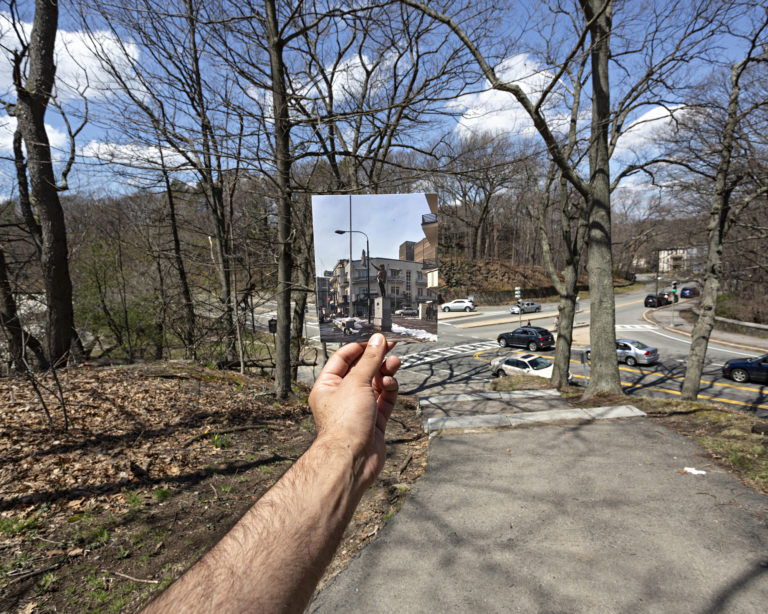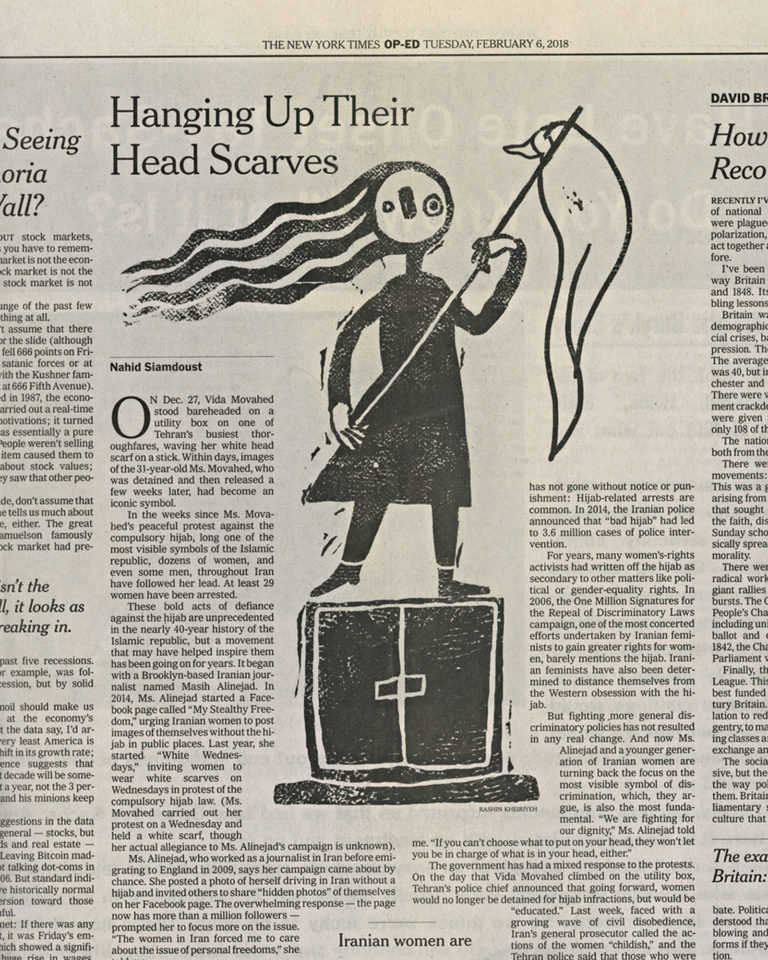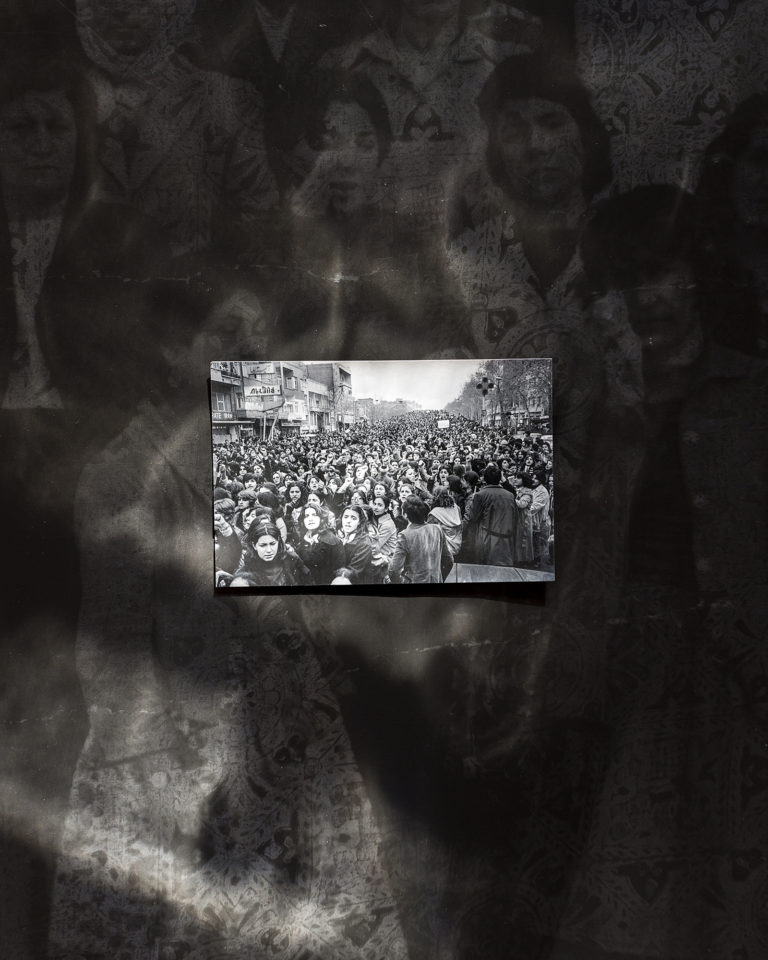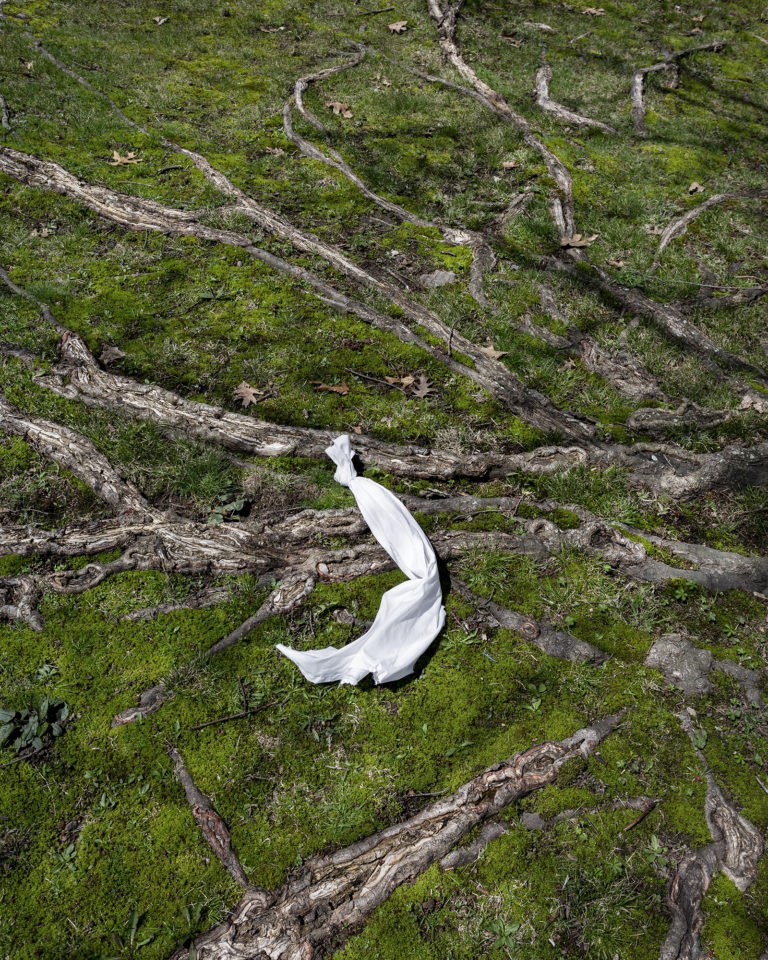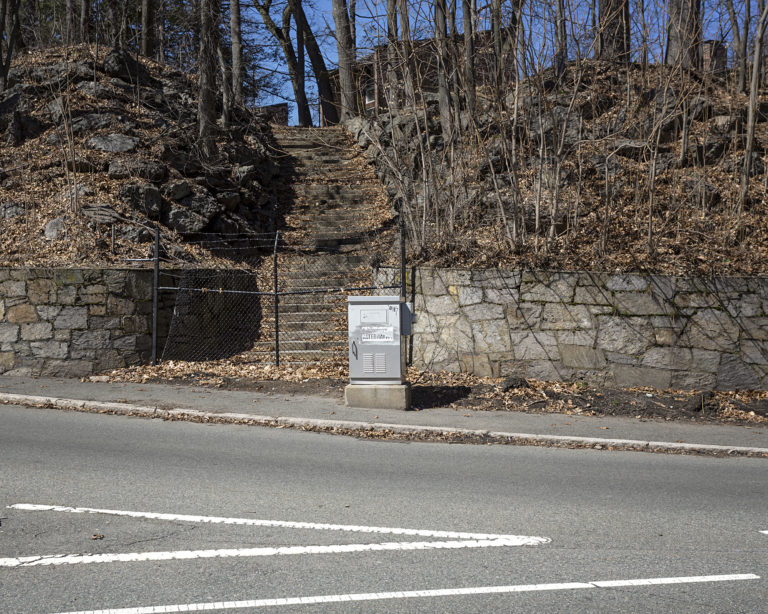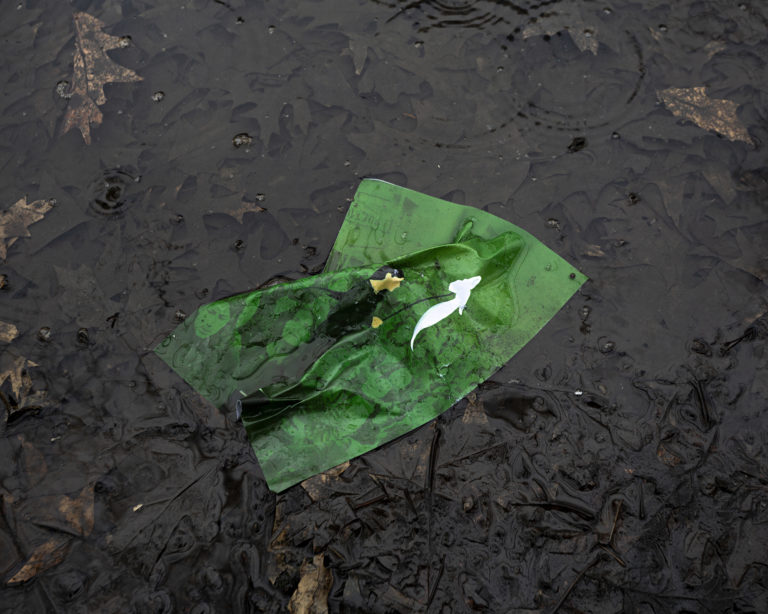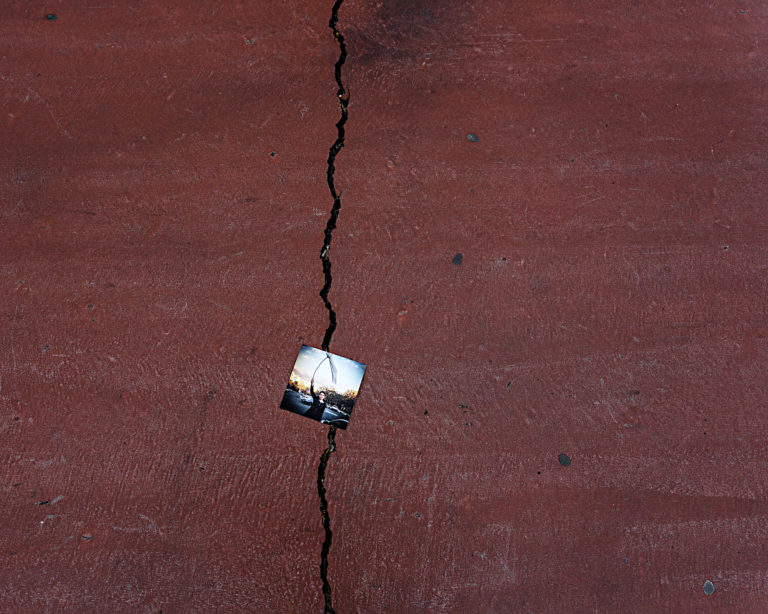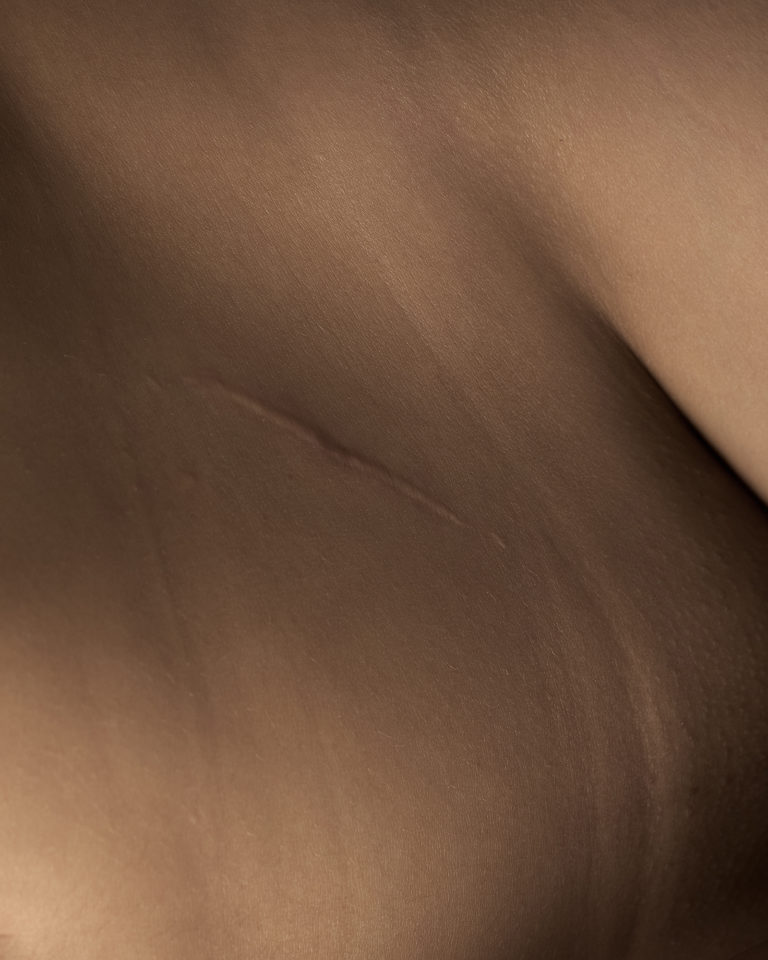Where is She?
In Iran, women and girls in recent months have been removing their veils, waving them in the air like flags of freedom. With this gesture, they’re staging a nonviolent protest against the regime and the law, imposed after the 1979 Islamic Revolution, that requires women to wear the hijab. The campaign started just before the New Year, as part of a larger anti-government protest, after a photo of a young woman, dressed in black and silently waving her white hijab on the end of a stick, went viral. That young woman was Vida Movahed, a 31-year-old mother of one, and the image of her bravery inspired many of Iran’s women to join her in solidarity and protest. She disappeared for a month after the photos appeared, resulting in Iranians expressing concern for her on social media with a hashtag translating to, “Where is the Girl from Revolution St?” English speakers followed suit with the hashtag, #Where_Is_She. Vida Movahed took off her headscarf on Enghelab Street in Tehran. “Enghelab” is the Farsi word for revolution, so the movement she inspired was soon dubbed “The Girls of Revolution Street.” Day by day, with the help of social media, the movement has grown. There had been seeds of protest before, most notably in the online social movement My Stealthy Freedom, in which Iranian women shared images of themselves without the compulsory hijab and White Wednesdays movement, inviting Iranian women — and even men — to wear something white on Wednesdays to protest compulsory hijab laws in Iran. But the hijab- waving of Vida Movahed brought that movement from the Internet to the streets, at great personal risk for those who dare to participate.
It has been the quietest uprising Iran has probably ever seen, and it may end up being the most effective. More than five months into the revolt, the anti-hijab protests are still spreading. Every day on social media, more pictures are emerging of courageous women across the country, waving their veils in the air. Despite being jailed and tortured, and having members of their families intimidated and persecuted, these women are persisting in their battle against a totalitarian regime; they continue to remove the most visible symbol of their oppression.
The inspirational act of bravery in several photos circulated on social media which shows women’s heads are uncovered as they stand on utility boxes or other objects on the streets of Tehran with scarves held up on sticks became a jumping off point for me. All images are taken by amateurs and most of the videos were shot on cell phones, so they are not of professional quality. They are often blurry, grainy, and confusing.
Iran has been known as the birth place of citizen journalism, concurrent with Green Movement which refers to 2009 presidential election in which protesters demanded the removal of Ahmadinejad from office. Playing defense, the regime tried to shut down Internet and mobile-phone communications inside Iran, keeping thousands of others from reaching beyond their borders. That was the time people woke up to the power of citizen media. It has now become the main form of documentation of the struggle within Iran. Iranian citizens utilize camera phones to document events within their country. Like many of my friends I participated in several peaceful protests in January 2018 during the short visit to Iran and witnessed how violently the regime squashed any sign of discontent.
As an Iranian who lives in Boston at this moment and being detached from the current movement, I am searching through historical documents, archive and gathering reliable information which otherwise can not be perceived by social media storm solely. I use captions, appropriated images and anecdotes along with my photographs to build a personal narrative. I keep tracking electric boxes as both banal and universal objects and documenting them in Boston as a meaningful monument in this new political climate. For me this political standpoint represents the absence and disappearance of many unheard voices in Iran as well as the symbol of resistance for the movement. Metaphorically they become the abstraction forms of freedom and hope that connects me here to there.
